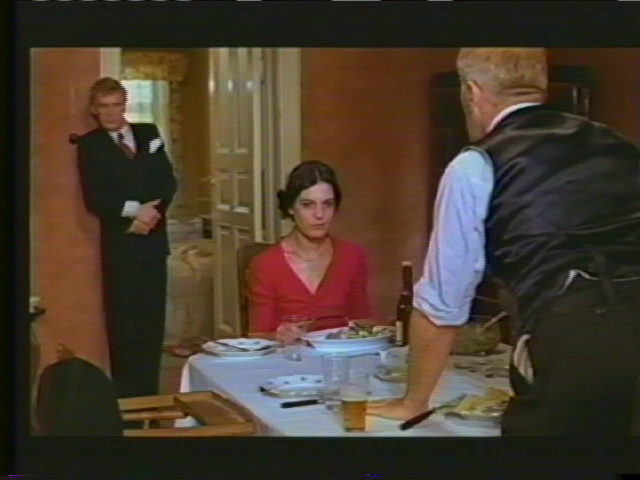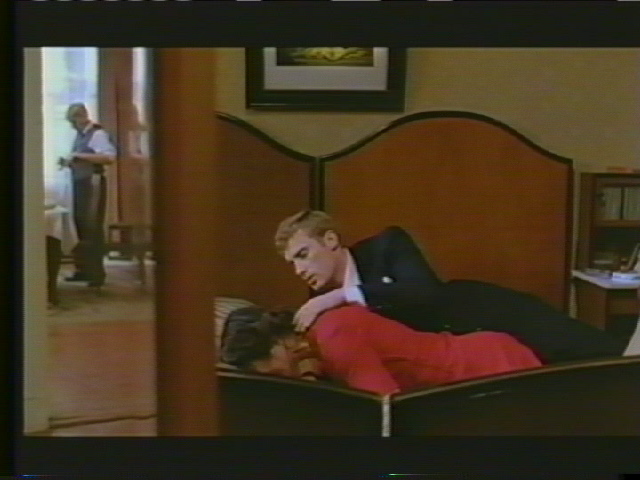 A A |
 B B |
a. Social consciousness and criticism: discuss these perspectives
in Fritz Lang's Metropolis and M.
b. Lang can be seen as sending mixed messages in his films: setting
up expectations for an outcome or resolution, but then providing something
like a surprise ending or unexpected conclusion, which is nevertheless
not totally unprepared for in the film. Give examples, citing plot and
themes, in Metropolis and M.
Discuss either A and B as a set and C and D as a set, or A and B as a set and E, F, G as a set.
*****
 A A |
 B B |
 C C |
 D D |

E |
 F F |

G |
*****
Please take time to think about these questions before you write, and consult the course web page for details of general film technique. In writing on these questions, remember to make your responses critical, thoughtful, clear and precise; analyze the films and issues involved, rather than summarizing or retelling. Your reflection on these topics should demonstrate the significance of your insights and ideas, so that an earnest generality about German history as a cultural background is more meaningful than noting, albeit correctly, an indisputable technical feature like the fact that earlier films are b&w and later films are in color.
You are welcome to include in your discussions any films we have seen, as well as others you know (German, American/English or others), and to make use of your studies in other fields to lend weight to your analysis and observations. Make your remarks as specific and meaningful as you can: be focused, analytical and concise. In general you can follow the length guidelines (ca. 6-8 pp. total), although you are welcome to write more if you deem greater length necessary.